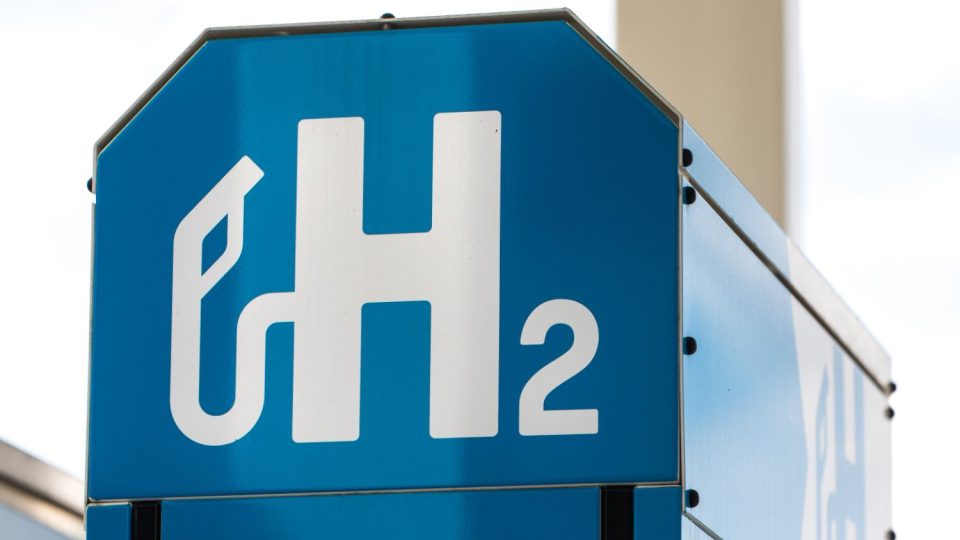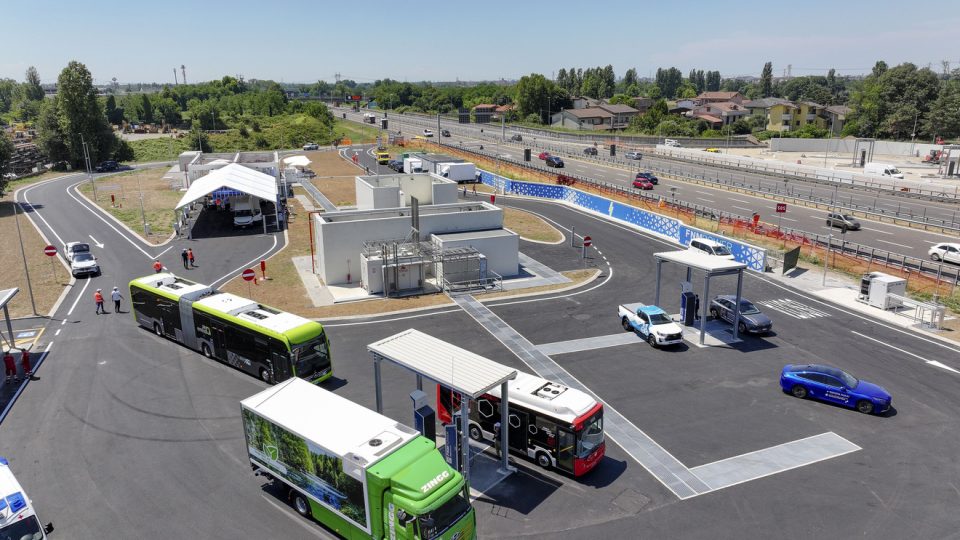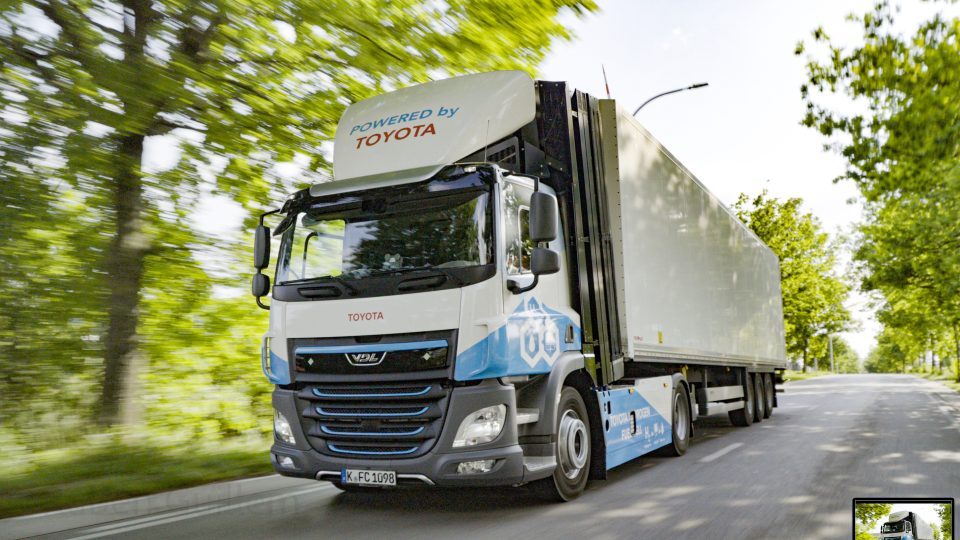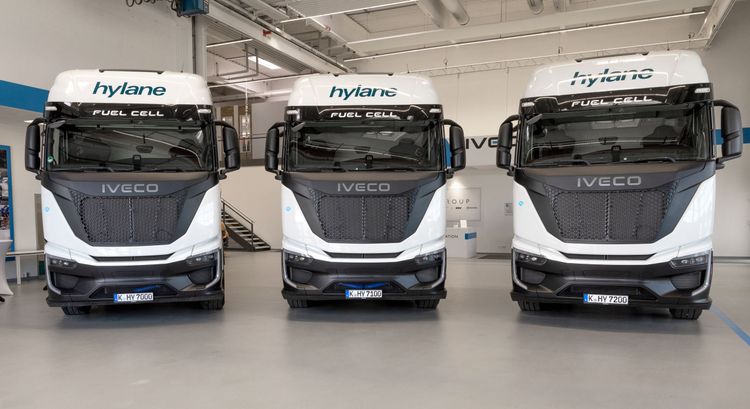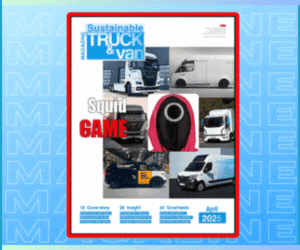[INSIGHTS] Zero emission transport does not mean zero risk
Driving the global transition towards a zero emission transport network has been one of the topics discussed at the UN Climate Change Conference (COP26) conference in Glasgow. With preparations almost complete, Vysus Group panel of experts Ian Thomas, Angel Casal, and Kees van Wingerden, remind us that the road to net zero is not without risk, and that change cannot happen without the required infrastructure being risk-assessed and adapted for the next generation of vehicles first.
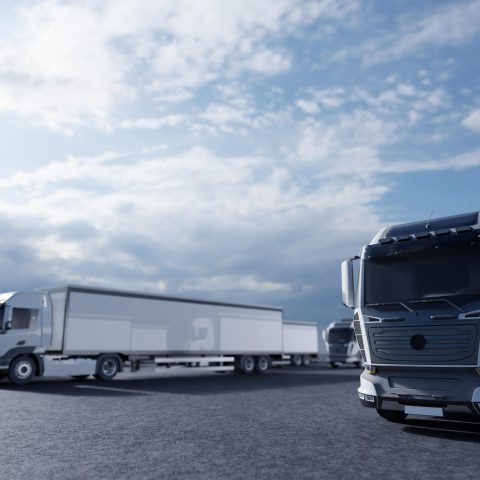
The following article on zero emission transport is provided by Vysus Group, a standalone engineering and technical consultancy, offering specialist asset performance, risk management and project management expertise across complex industrial assets and energy assets.
In recent months and years, the message for haulage and the wider transport sector has been about accelerating the move towards clean operations, trucks and vans powered by alternative fuels. Less is perhaps understood about how the adaptations made to the network will be made safe and how these will be scaled up at the sort of pace needed to transform the infrastructure.
Hydrogen has emerged as a leading contender in powering the zero emission vehicles of the future. There are already plenty of examples, including the household names in truck manufacturing preparing to roll out the next generation of fleets on a global scale.
Zero emission transport, legislation on hydrogen
But let’s pause for a minute and take a closer look at the current landscape. Yes, transport needs to play its part in reducing environmental impacts and quickly, but that should not come at the cost of safety, as an explosion at a hydrogen refilling station in Sandvika near Oslo, Norway, in 2019 demonstrated. Hydrogen is highly reactive and ignites easily, therefore thorough risk analyses need to be performed to ensure a safe mass implementation of facilities making hydrogen as a fuel for the transport sector possible.
Contrary to some beliefs, hydrogen is perhaps one of the most highly regulated fuel sources available. The quandary is that legislation surrounding hydrogen can be complex and at times, difficult for manufacturers to access, which therefore hinders the production of both the fuel cells needed to convert hydrogen into power for trucks and other vehicles, and the fuel stations supplying it in the first place. There are also questions as to whether the current legislation in use needs to be brought in line with the most recent innovations and the scope of international applications – a sizeable task in its own right which, if not completed carefully, leaves safety gaps exposed.
Hydrogen is highly reactive and ignites easily, therefore thorough risk analyses need to be performed to ensure a safe mass implementation of facilities making hydrogen as a fuel for the transport sector possible
The 2019 Sandvika explosion also reveals how hydrogen can exploit even the slightest weakness in a fuelling station’s design or vulnerability in its construction and operation. Procedures developed from identifying gaps in legislation ensuring correct mounting of storage tanks containing pressurised hydrogen at fuelling stations shall be sufficiently comprehensive.
What might happen in case on an incident
In general, predicting likely scenarios from factors such as pressure, temperature, corrosion, fatigue, and even the materials that are used in a refuelling station’s construction or in the manufacturing of a truck’s hydrogen storage and fuel cell system all need careful analysis to minimise the likelihood of hydrogen fire and explosion incidents. Perhaps even more crucial to understand is what happens if a truck powered by hydrogen is involved in an incident, given it does not take much energy for the gas to ignite.
Potrebbe interessarti
Working together on hydrogen deployment. Hydrogen Europe and EU Hydrogen Valleys to cooperate
Technology has and will continue to be essential in keeping hydrogen-powered trucks safe. Investigation software used in the Sandvika investigation for instance show how the incident could have been worse, through how the vapour cloud could behave in different scenarios, and demonstrates the more crucial areas of a refuelling station’s construction to focus on in the first instance. The same knowledge can be used to ensure the gas is stored correctly at the station and on vehicles.
In the event of an incident in a tunnel or garage for instance, gas leaked from the vehicle may become trapped at the ceiling and come into contact with ignition sources such as lighting. For trucks using the arterial routes where such constructions are commonplace, the consequences of an accident can be severe, so much so that the EU implemented a research project, HyTunnel, to research the effects of a hydrogen leak within these structures.
Hydrogen storage
Hydrogen can be stored as a compressed gas (typically up to pressure of 700 bar) or as a liquid (temperature -253 °C). Both options puts demands on the choice of safe materials for the respective facilities using hydrogen. Identifying the safest materials to use in different aspects of its design, perhaps the most crucial being the storage tank, will also go a long way to allaying such concerns. There has been some considerable debate over what the safest material is: steel, Kevlar, carbon fibre, or some as yet unknown composite. Whichever material is used will have to withstand highly intense conditions, high pressures, and fatigue due to compression cycles.
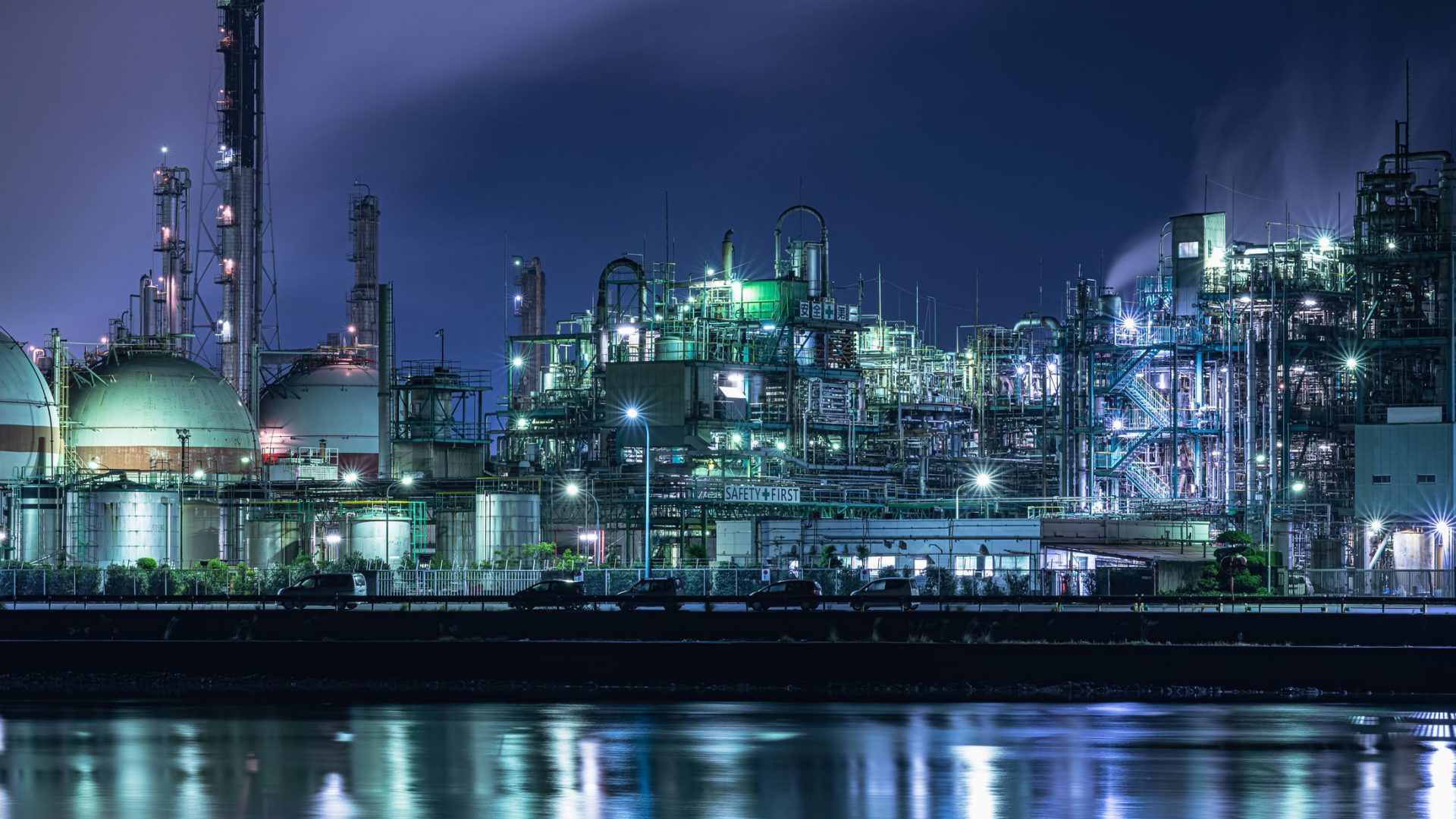
To obtain liquid hydrogen, which will be the more obvious means of powering trucks in this way due to its higher energy density, the gas needs to be cooled to below 20 Kelvin (-253 degrees Celsius), and so whichever material is selected for a tank’s construction needs to be able to withstand these and other environmental aspects. Such materials are available, but each will need to be subjected to independent hazard and risk evaluations.
Given transport accounts for around a quarter of global CO2 emissions, this conundrum is crucial for various international groups, but manufacturers (and indeed, whole countries) cannot afford to take their eyes off the ball with regards to assessing risks associated with the truck’s structure being compromised. Identifying these in the design stages of both the actual trucks and the infrastructure which will power them will, of course, make them safer for the general public but there is also an element of cost benefit to take into account and whether or not a country’s hydrogen network is indeed scalable.
Dedicated studies conducted by Vysus Group
Safety issues are often revealed through the completion of various studies – at Vysus Group for example, we recently completed a Hazard Identification study (HAZID), consequence modelling and a Quantitative Risk Analysis (QRA), as well as a Hazard and Operability (HAZOP) and Safety Integrity Level (SIL) studies for the implementation of a hydrogen refuelling station in the Port of Barcelona, Spain, set for completion at the end of 2021. The plant will produce, store, and supply hydrogen for use in heavy road vehicles, primarily buses, but the technology is applicable to trucks and other means of transportation.
Manufacturers (and indeed, whole countries) cannot afford to take their eyes off the ball with regards to assessing risks associated with the truck’s structure being compromised
The discussions that have been taking place at COP26 will begin re-shaping the world and plug the current knowledge gaps to resolve. While some obstacles will be overcome quicker than others, the question of safety must be at the top of the list. For too long, hydrogen production has been ahead of infrastructure; for the truck to continue being a means of transporting vital goods across borders, the scales must be tipped the other way, kept in balance by the overriding need for a safe future.




